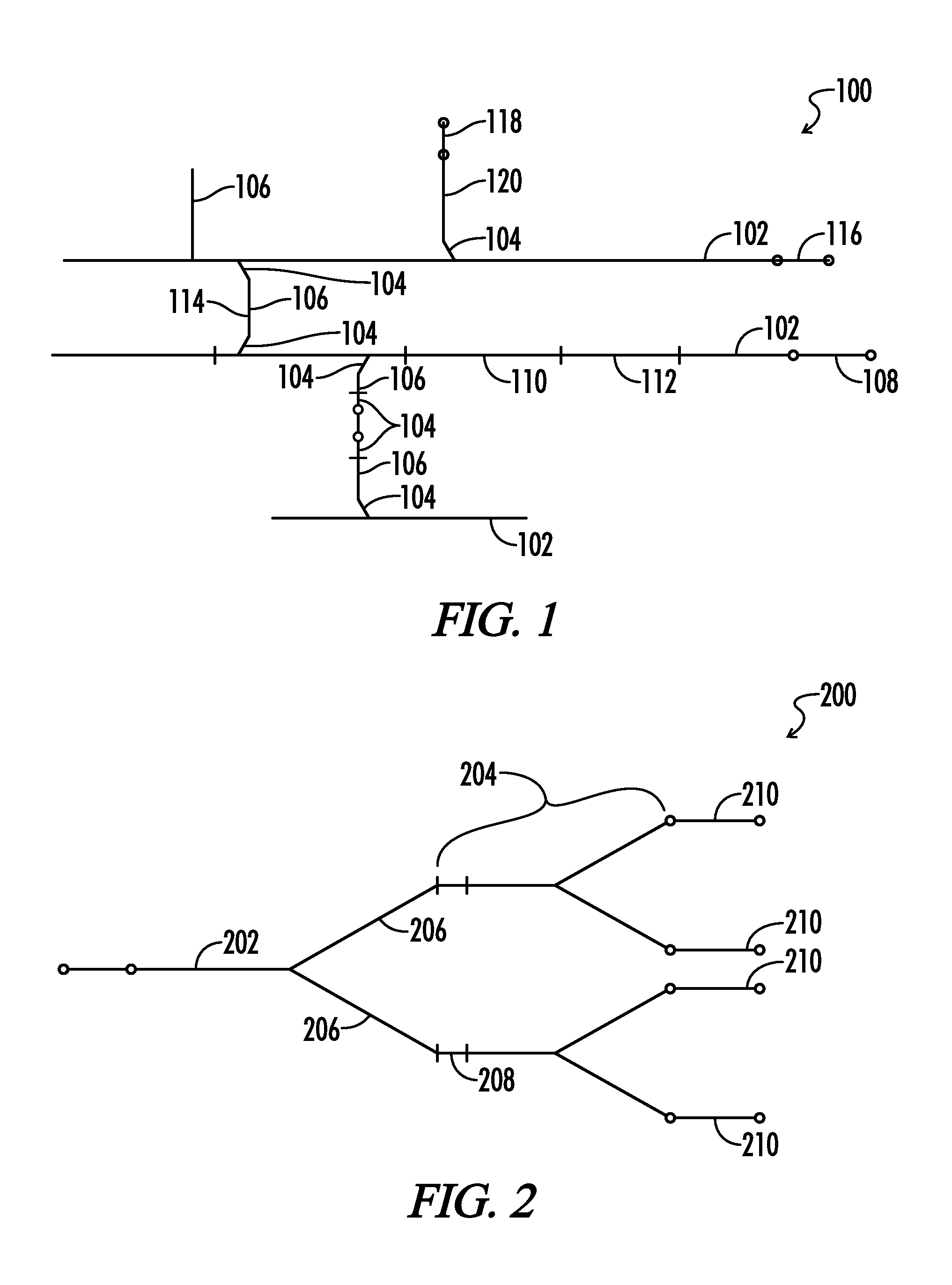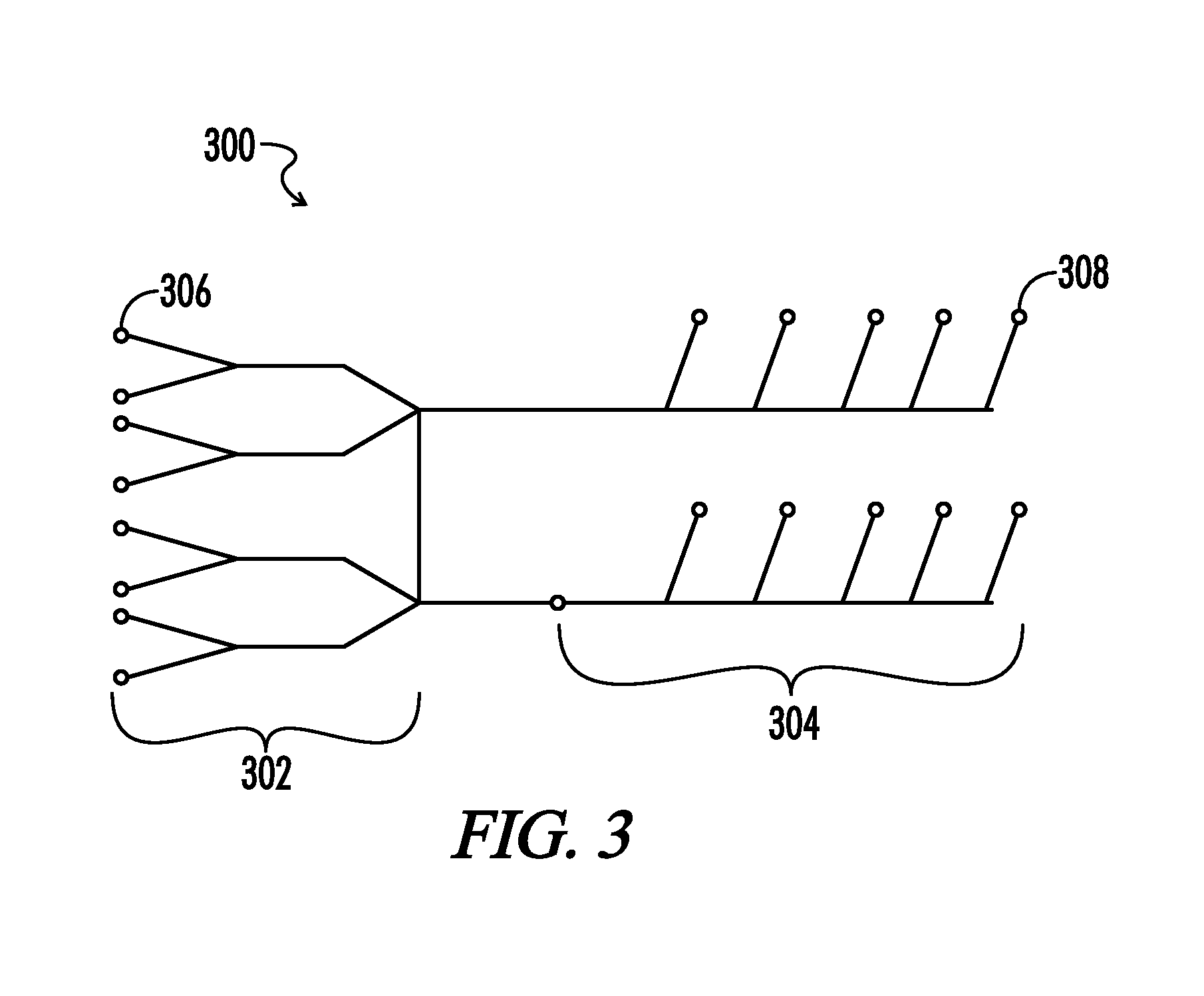Class of Anti-adhesion hydrogels with healing aspects
a polymer hydrogel and anti-adhesion technology, applied in biocide, plant/algae/fungi/lichens, prosthesis, etc., can solve the problems of scar tissue induced cosmetically undesirable, newly formed connective tissue (scar tissue) may interfere negatively with the normal function of the intended tissue to be healed, and affecting the healing effect of the intended tissue, etc., to achieve the effect of reducing tissue adhesion, promoting tissue ingrowth, and expanding the range of us
- Summary
- Abstract
- Description
- Claims
- Application Information
AI Technical Summary
Benefits of technology
Problems solved by technology
Method used
Image
Examples
example 1
Alginate Based Healing Hydrogel
[0144]One equivalent of alginate LF 10 / 60 is reacted with 2 equivalents of toluene diisocyanate at 60 degrees C. until all hydroxyl groups are consumed. One tenth equivalent of glycerol is added to the above synthesis and reacted at 75 degrees C. until all hydroxyl groups are consumed. One tenth equivalent of biofunctional molecule, for example a boswellia extract, is added to the above synthesis and reacted at 75 degrees C. until all hydroxyl groups are consumed.
[0145]A hydrogel of desired viscosity is formed by adding appropriate amounts of water. For example, for high viscosity gel 1 g water is added, for a low viscosity gel 100 g of water is added. To obtain a gel that changes viscosity in vivo, calcium citrate tetrahydrate can be added to the water component, or added after gel formation to obtain gels with higher viscosity.
example 2
Poloxamer and Polylactic Acid Based Healing Hydrogel
[0146]Pluronic 31R1 (molecular weight 3250) (BASF, Mt. Olive, N.J.) was dried under vacuum at 85 .degree. C. for 12 hr. in a spherical flask, the final water content obtained was below 300 ppm. One equivalent of Pluronic 31R1 was added to ⅕ equivalent (l)-Lactide and 0.18 grams catalyst (stannous 2-ethyl hexanoate) (0.43%). The reaction was carried out in a sealed flask, under a dry nitrogen saturated atmosphere, for two and half hours at 145 degrees C.
[0147]To the above synthesis is added 2 equivalents of toluene diisocyanate and reacted at 60 degrees C. for 8 hours. To this result is added ½ equivalent of biofunctional molecule, for example a boswellia extract and reacted at 75 degrees C. for 8 hours. A hydrogel of desired viscosity is formed by adding appropriate amounts of water. For example, for high viscosity gel 1 g water is added, for a low viscosity gel 100 g of water is added.
example 3
Polyethylene Glycol and Polylactic Acid Base Healing Hydrogel
[0148]Polyethylene glycol (molecular weight 3000) was dried in vacuo overnight at 85 .degree. C. Thereafter, the PEG was cooled down to room temperature, and the product capped with dry nitrogen. One equivalent of PEG was added to ⅕ equivalent (1)-Lactide and 0.18 grams catalyst (stannous 2-ethyl hexanoate). The mixture of PEG and lactide is placed in an oil bath under flowing nitrogen at 140 .degree. C. and mixed for 3 hours. To the above synthesis is added 2 equivalents of toluene diisocyanate and reacted at 60 degrees C. for 8 hours. To this result is added ½ equivalent of biofunctional molecule, for example a boswellia extract and reacted at 75 degrees C. for 8 hours. A hydrogel of desired viscosity is formed by adding appropriate amounts of water. For example, for high viscosity gel 1 g water is added, for a low viscosity gel 100 g of water is added.
PUM
| Property | Measurement | Unit |
|---|---|---|
| Percent by mass | aaaaa | aaaaa |
| Fraction | aaaaa | aaaaa |
| Polarity | aaaaa | aaaaa |
Abstract
Description
Claims
Application Information
 Login to View More
Login to View More - R&D
- Intellectual Property
- Life Sciences
- Materials
- Tech Scout
- Unparalleled Data Quality
- Higher Quality Content
- 60% Fewer Hallucinations
Browse by: Latest US Patents, China's latest patents, Technical Efficacy Thesaurus, Application Domain, Technology Topic, Popular Technical Reports.
© 2025 PatSnap. All rights reserved.Legal|Privacy policy|Modern Slavery Act Transparency Statement|Sitemap|About US| Contact US: help@patsnap.com


